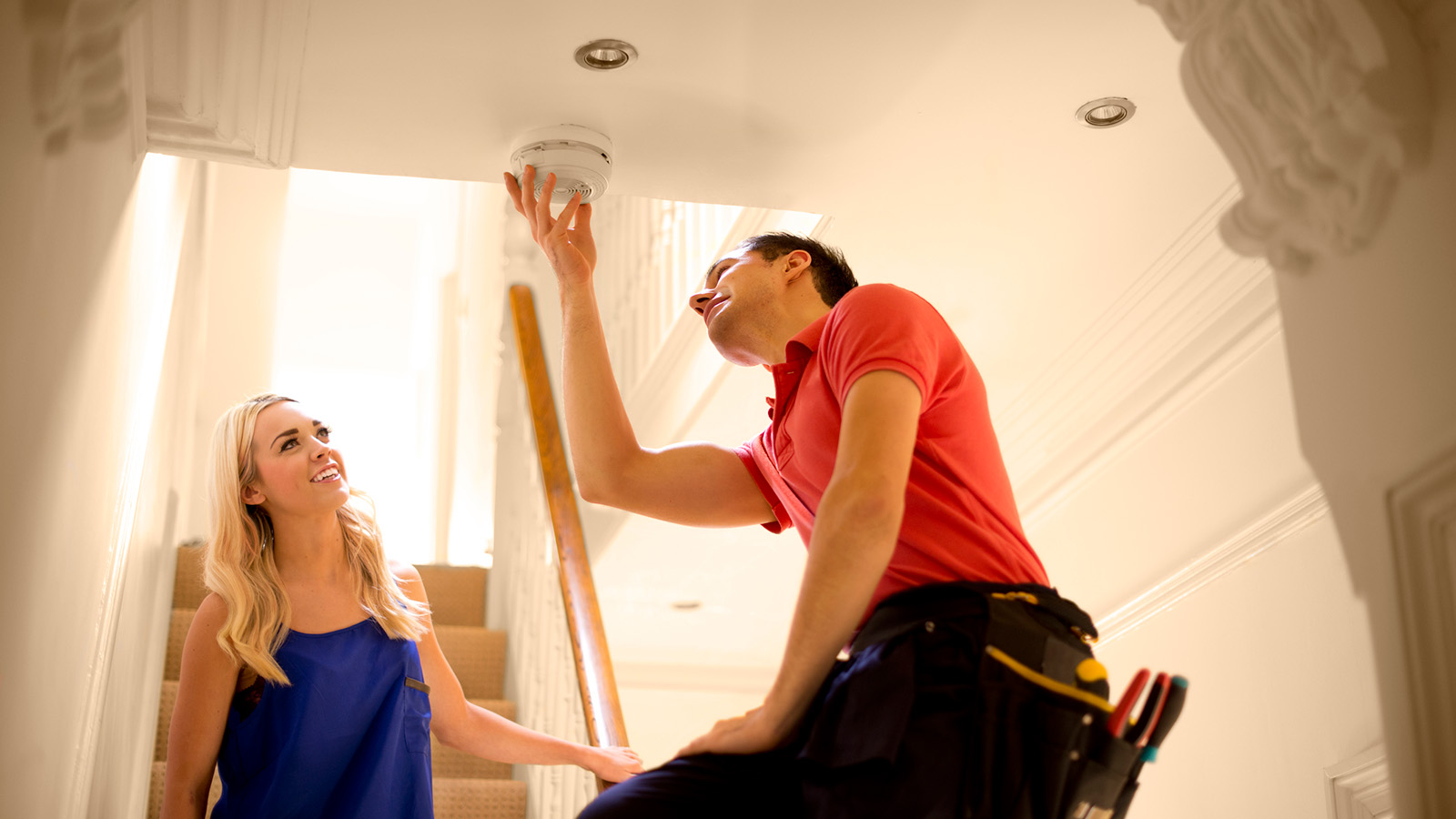Carbon Monoxide Safety

Carbon monoxide is considered the “invisible killer” because it’s an odorless, colorless gas. According to the Centers for Disease Control and Prevention (CDC), Carbon Monoxide leaks are responsible for more than 400 deaths a year and more than 20,000 trips to the emergency room. Read below for how to prevent carbon monoxide poisoning and the symptoms to look for.
Prevent Carbon Monoxide Poisoning
When the temperature starts to drop, this is when most carbon monoxide poisoning cases are the highest.
- Have all heating systems serviced by a qualified technician every year.
- Have your chimney cleaned and checked every year, and before lighting a fire, make sure the fireplace damper is open.
- Never run a car in a garage that is attached to a house. CO concentration can begin filling up your garage within minutes.
- Install carbon monoxide detectors in multiple places in your home. You should change the batteries about twice a year, in the spring and fall, and replace the detector every five years.
If your carbon monoxide alarm sounds, you should immediately move outside. Once you are outside, call 9-1-1 and do a head count to make sure no one else was left inside. This includes your pets, they can also be affected by CO gas poisoning. Do not reenter the building until given permission.
Symptoms of Carbon Monoxide Poisoning
Symptoms of carbon monoxide poisoning are often mistaken for the flu. While symptoms can range from moderate to severe, it is important to know what to look for.
Moderate symptoms:
- Headache
- Fatigue
- Shortness of breath
- Nausea
- Dizziness
High-level symptoms:
- Mental confusion
- Vomiting
- Loss of consciousness
- Death
If you begin to feel any of these symptoms, get out of the house or building and into the fresh air and call emergency services.